#loviatar
Explore tagged Tumblr posts
Text
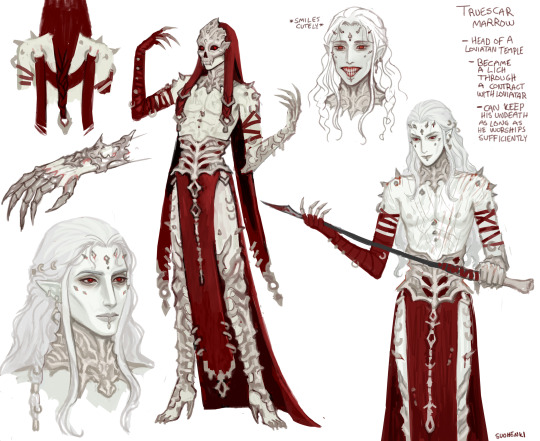
dnd villain/unpleasant fellow i needed to exorcise from my head. Marrow, a lich and the head of a Loviatar temple. The deity helped create his phylactery, so he could serve her eternally. Undeath also lets Marrow be rather creative in his worship of Loviatar...
This does also mean Loviatar will destroy Marrow's phylactery if he ever seriously displeases her
#creative ways to defeat a dnd villain: make them fail so hard they get smited by their god#suohart#oc#marrow#dnd#lich#loviatar#dnd oc#dnd art
1K notes
·
View notes
Text

Abdirak the servant of Loviatar ❣️
1K notes
·
View notes
Text

Offering their scars to Loviatar
#bg3#abdirak#bg3 art#bg3 fanart#loviatar#baldur's gate 3#bg3 npcs#bg3 abdirak#hyve#the dark urge#durge#bg3 durge#cw: blood#knifeplay
860 notes
·
View notes
Text
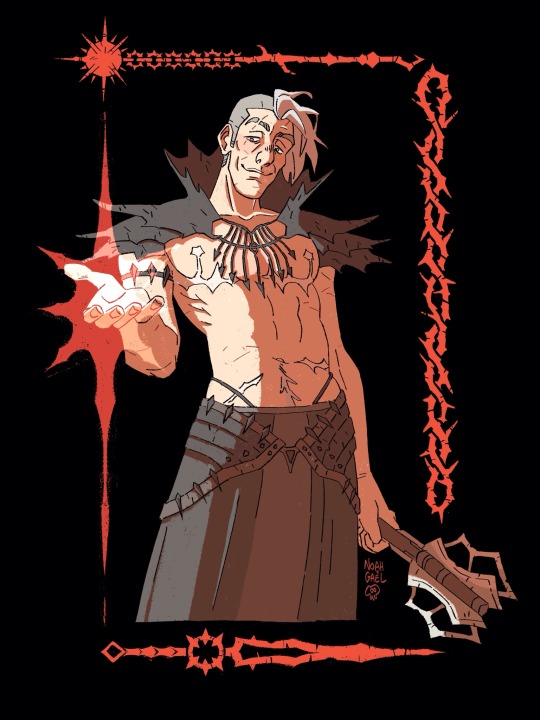
abdirak baldursgate you have to stop. you smoke too tough. your swag too different. your bitch too bad. they’ll kill you
(find me on patreon!)
#i think i hauve covid#artists on tumblr#bg3#baldurs gate 3#bg3 fanart#baldurs gate fanart#bg3 abdirak#abdirak#dnd art#loviatar
722 notes
·
View notes
Text
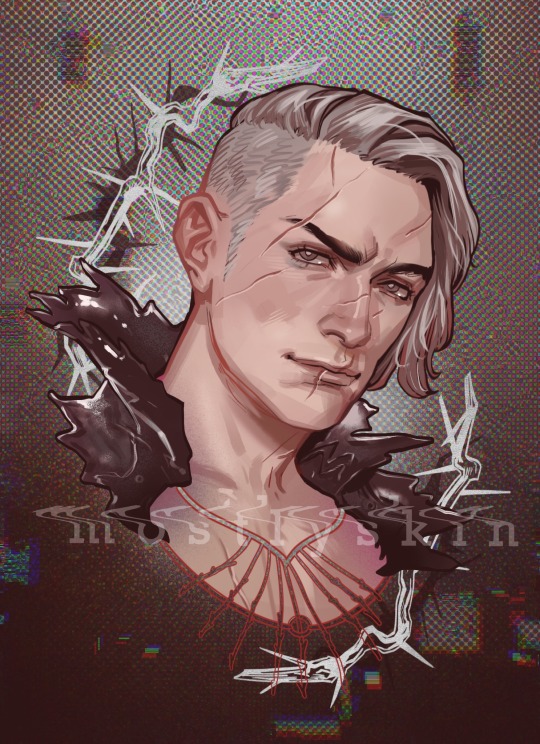
#abdirak#baldurs gate iii#baldurs gate fanart#baldurs gate 3#baldurs gate three#loviatar#he is my boyfriend
1K notes
·
View notes
Text
Believe what you must, but Astarion is for sure a little kinky, lest we forget how downbad he was for Tav during the Abdirak/Loviatar incedent.
#astarion x tav#astarion fanfic#astarion smut#astarion ancunin#astarion x original female character#astarion x reader#astarion#astarion x female tav#astarion fluff#bg3#abdirak#loviatar#astarion headcanons#astarion headcanon
418 notes
·
View notes
Text
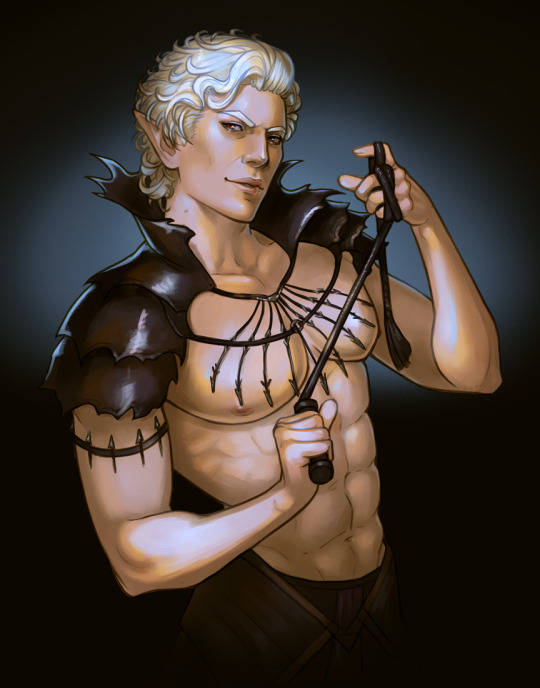
"Let's have some fun ✨"
#astarion#astarion ancunin#astarion bg3#baldurs gate 3#bg3#bg3 companions#baldur's gate 3#baldurs gate astarion#baldurs gate fanart#little meow meow#loviatar
829 notes
·
View notes
Text

i didnt know it wasnt a permabuff
#dark urge x astarion#loviatar#loviatar's love#dark urge#astarion#abdirak#karlach#fan comic#baldurs gate 3#my art
451 notes
·
View notes
Text



Ref Sheet for (revamped!) Rhys
Click on pics for better resolution!
Closeups and Backstory under the cut



I honestly forgot how long this took me.
Rhys is a half-drow born in the city of Cathyr in Dambrath. His mother, a priestess of Loviatar, raised him in the tenets of pain. His father, a common drow, was absent from his life, leaving Rhys to navigate the complexities of his heritage alone.
After the tragic passing of his sister during a ritual, Rhys became an apostate and a Paladin of Hoar, the god of retribution. Now, he seeks to protect the vulnerable while confronting the darkness within himself.
#half drow#drow#dungeons and dragons#dungeons and dragons character#dnd#dnd charcter art#ref sheet#paladin drow#loviatar#oc#original character#oc art#tw gore#tw blood#can't wait to rp this guy in campaign#btw his body type and hair is deliberate because i noticed i only ever draw big dudes with long hair#let rhys be a different flavor ✨️ 2024#bluecoolr.art#rhys vesz'gloth#rhys
84 notes
·
View notes
Text
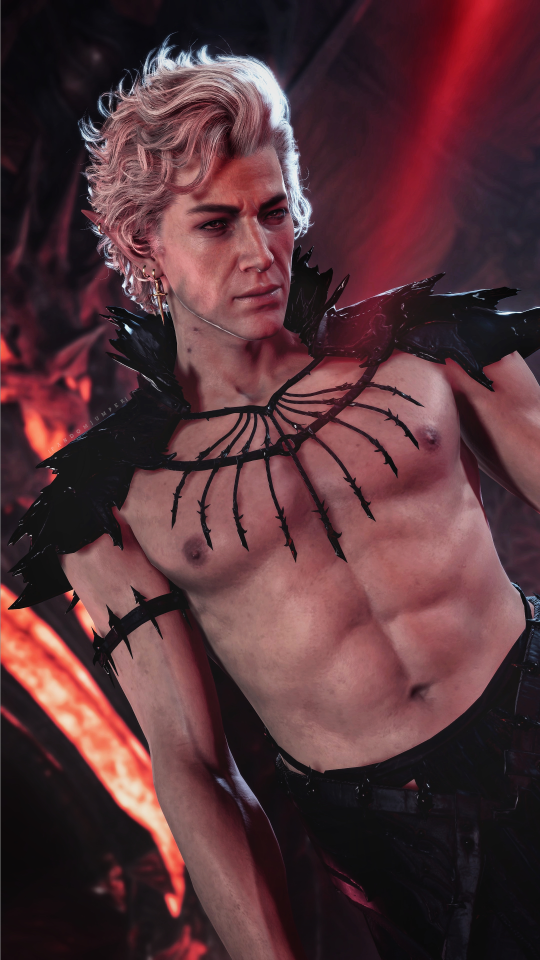
𝔏𝔬𝔳𝔦𝔞𝔱𝔞𝔯'𝔰 𝔖𝔢𝔯𝔳𝔞𝔫𝔱 ♥
#baldurs gate astarion#astarion#carleysastarionedits#astarion brainrot#bg3#baldurs gate 3#my edit#bg3 astarion#astarion ancunin#virtual photography#bg3 screenshots#astarion edit#loviatar#astarion bg3#baldurs gate 3 astarion#virtual photographer#rpg#larian studios#john larian#larian#astarion's juicebox
62 notes
·
View notes
Text









Priests of the Faerunian Pantheon via "Faiths and Avatars"
Sorry I couldn't tag everyone. There's a 30 tag limit
#aumaunator#ao#azuth#auril#Kossuth#akadi#helm#beshaba#bhaal#eldath#ibrandul#moander#ilmater#kelemvor#istishia#lliira#oghma#mielikki#lyachtu xvim#shaundakul#tymora#umberlee#tyr#shar#selune#milil#sune#lathander#loviatar#talos
84 notes
·
View notes
Text
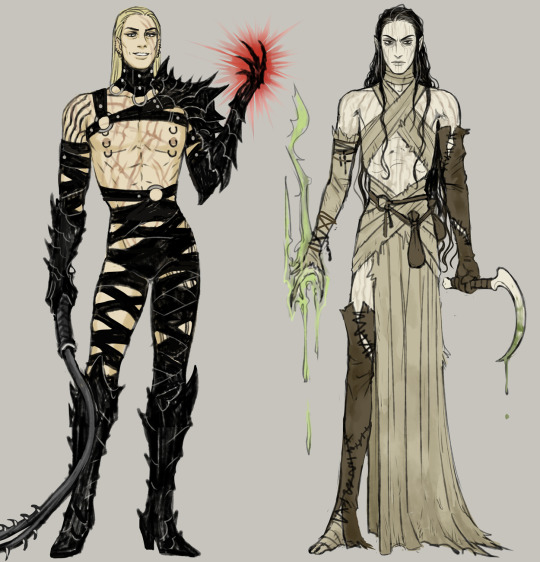
bg3 inspiring new dnd characters for myself, had to draw them....
acolytes for my fav petty deities Loviatar and Talona
probably reluctantly collaborating in a banite court as torturer and alchemist respectively
2K notes
·
View notes
Text

we all had a really normal time at the goblin camp
#the dark urge#bg3 tav#bg3 durge#bg3#tav#durge#baldurs gate 3#durgestarion#astarion#astarion ancunin#shadowheart#lae'zel#loviatar#shoutout to the 2 camp sadists. who got way too excited about this interaction#which is deeply funny cus Salem currently was having a fling with lae'zel who. did not care about this.#Salem#durge salem#durgeheart#anyway this is my girl!! a fitting introduction i think#shes a monk :) she is not evil but she is a dick#oc#Bitter Content#my art#digital art#fanart#original character
136 notes
·
View notes
Text
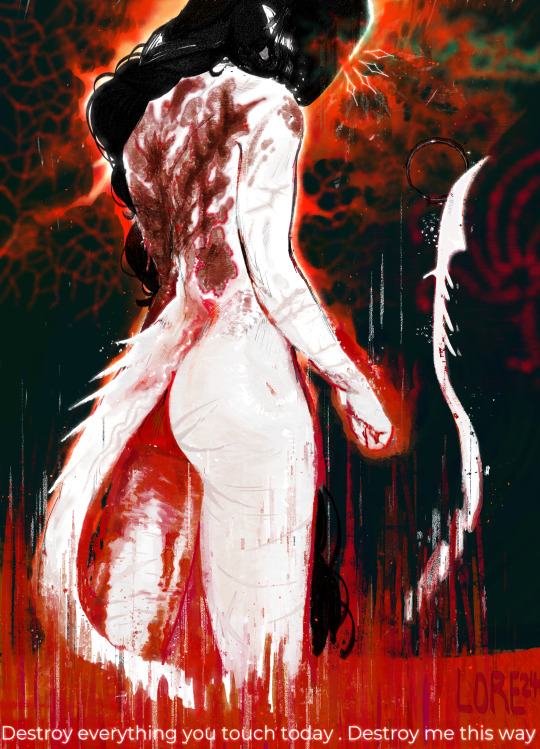
Loviatar Ritual 001
my durge Spica.
#blood#gore#art#Spica#The Dark Urge#bg3 oc#Loviatar#durge#baldur's gate 3#bhaalspawn#monster girl#hornless tiefling#painting#bg3#my art#myart#myocs
213 notes
·
View notes
Text
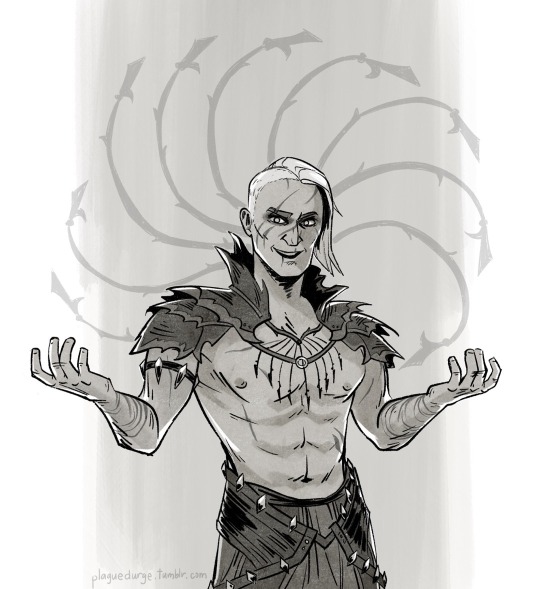
Let this blog be blessed by Abdirak
208 notes
·
View notes
Text




A Campaign of Gods and Monsters
Lyrics from Cassandra by Florence + the Machine
Redraw of this art. It was cool to see where I've improved! This is art of our D&D campaign, focused more of the characters who have religious arcs
#clare's art#dungeons and dragons#dnd#d&d#character design#aasimar#tiefling#drow#lolth#ilmater#loviatar#zariel#the raven queen#eilistraee
159 notes
·
View notes